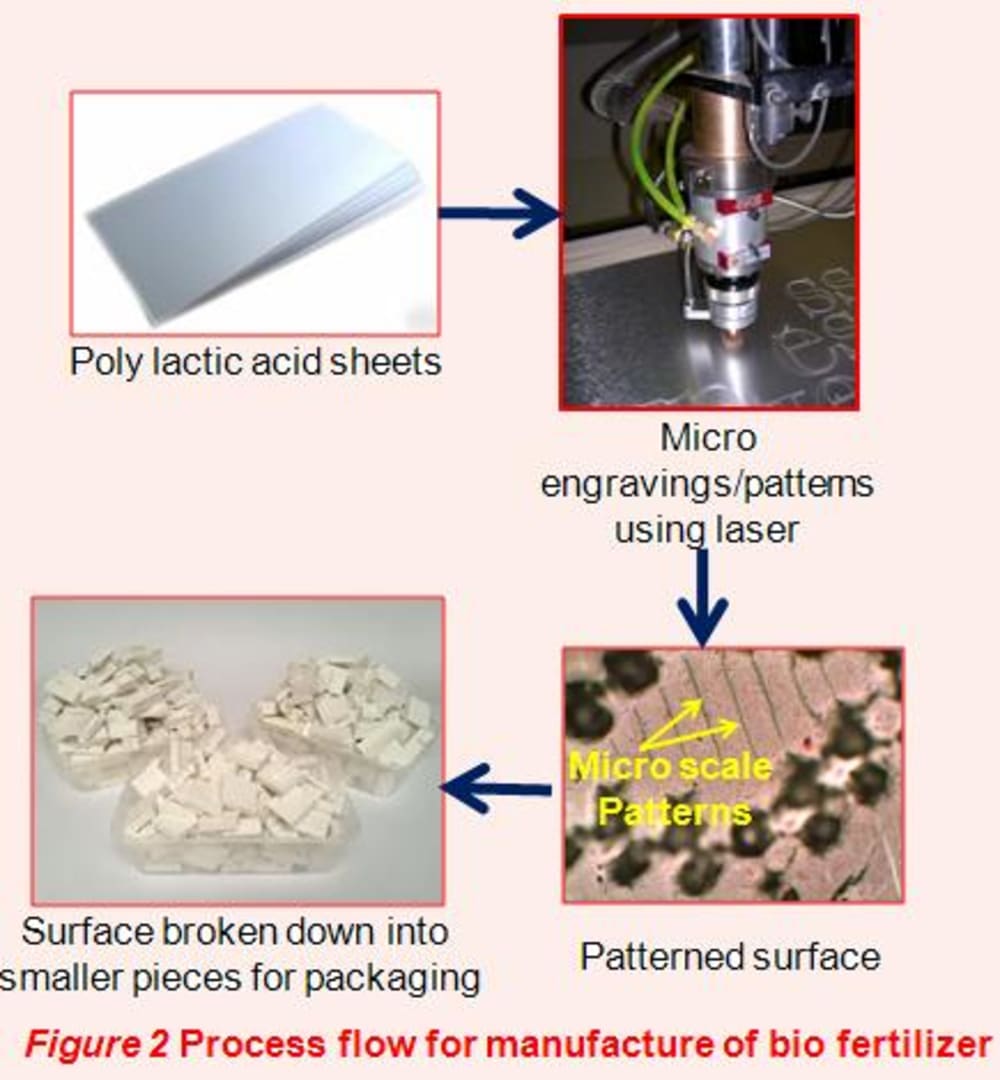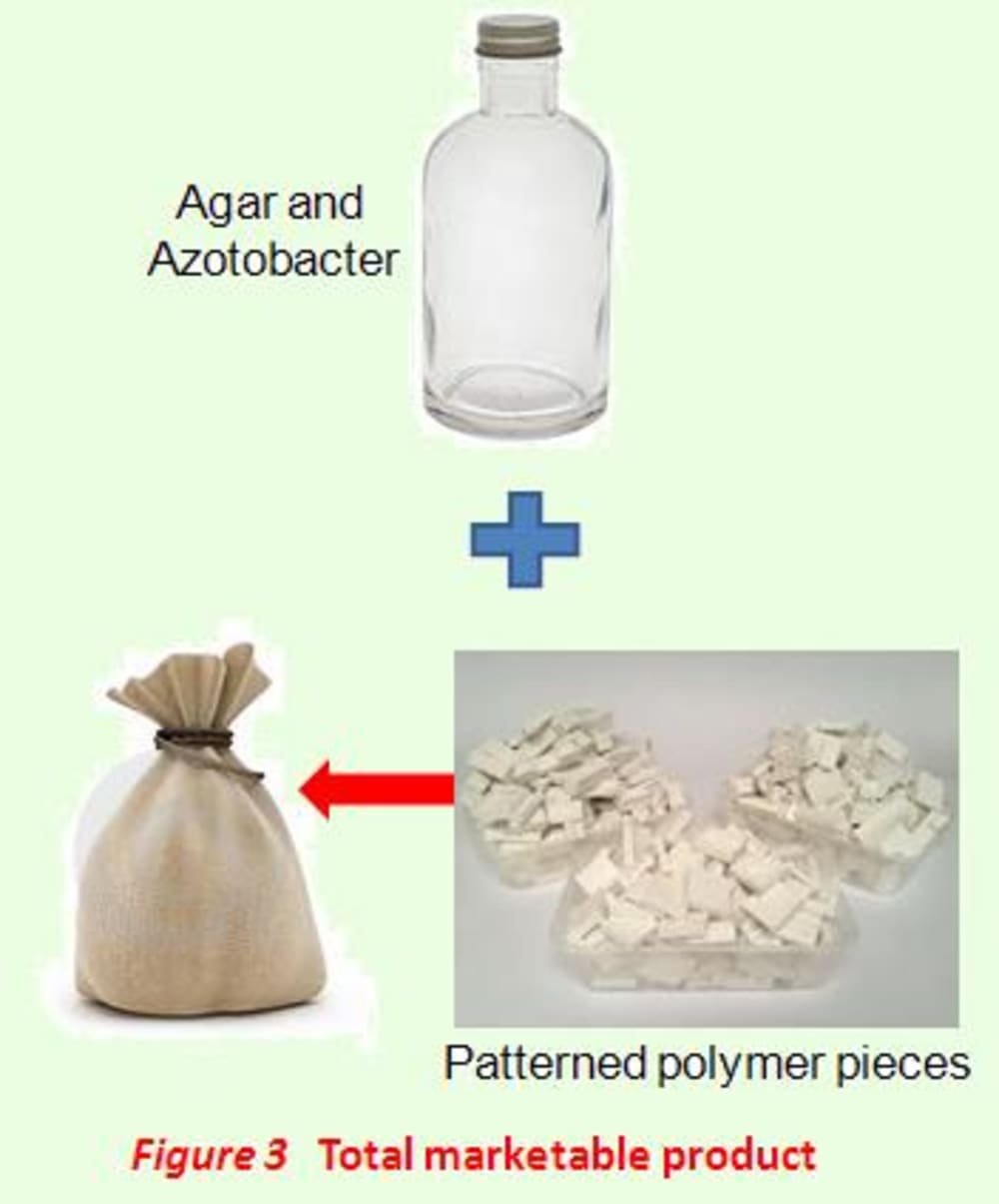
“Is it possible to generate a patterned surface which is microbe friendly?”
The idea deals with production of easily degradable bio fertilizers using a patterned microbial surface. Fertilizers used in crop cultivation today are synthetic in nature. These synthetic fertilizers are harmful for ecosystem as they result in soil pollution and increase in synthetic chemical concentration of the soil. Though various forms of biofertilizers have been introduced in the market, their use is limited due to their high cost and low efficiency.
In order to combat this problem, an idea is proposed in this article which is at a research stage in my laboratory and has achieved few successful results. The basic idea is to use patterned microbial surfaces to trap microorganism related to nitrogen fixation. Nitrogen conversion and fixation in natural form is performed by microorganisms like Rhizobium and Azotobacter. These organisms can grow on a patterned surface very rapidly which has good adhesion properties in terms of a particular microorganism.
In this idea, a biodegradable polymer viz. Polylactic acid (PLA) sheet has been selected, on which controlled patterns are generated using laser engraving. The patterns are generated in such a way that adhesion and multiplication of Azotobacter is maximum on that surface. A single colony of Azotobacter with liquid agar as medium is placed on such surface. Results show very rapid growth rate of such colony due to compatible patterns/grooves on the surface. The results pertaining to an experiment conducted in our laboratory is as in Figure 1.
As a marketable product our idea is to supply a liquid which contains Azotobacter with agar medium and a bag of such patterned surface films cut into small pieces. Figure 2 shows a schematic for production of such biofertilizers.
Before using the surface as biofertilizer in fields, it has to be dipped in the solution. Scattering the small patterned pieces in the fields would lead to increase in Azotobacter colonies thus enhancing nitrogen fixation. Figure 3 shows the marketable product. Azotobacter being extremely versatile and robust in nature does not require any controlled environmental conditions. In addition after a life of about 6 months to 1year the PLA sheet decomposes to lactic acid under influence of lactic acid bacteria found in soil. The influence of lactic acid bacteria is also enormous due to the fact that it resists multiplication of soil born pathogens thus rendering healthy environment for the crops.
The methodology proposed here is cost effective and can be adapted by small scale industries for production. The cost of such fertilizer is also nominal because the materials required for production is available at meager cost.
-
Awards
-
 2013 Top 100 Entries
2013 Top 100 Entries
Like this entry?
-
About the Entrant
- Name:Soumen Mandal
- Type of entry:teamTeam members:ANEISSHA CHEBOLU
- Software used for this entry:MS Power Point, Corel Draw
- Patent status:pending








